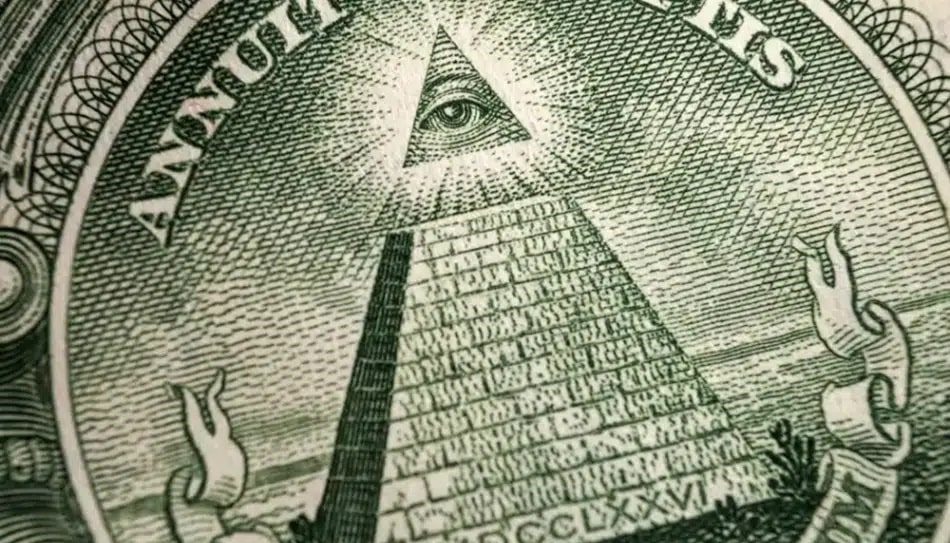Conspiracy theories often lie at the intersection of fear, doubt, and speculation. They thrive when there’s a lack of information or a mistrust of authorities.
Most conspiracy theories never go beyond wild speculation. However, history has proven that a few seemingly outrageous claims were, in fact, rooted in truth.
Here are seven conspiracy theories that turned out to be real, reshaping the way people think about authority and transparency.
The Watergate Scandal
When the break-in at the Democratic National Committee headquarters in the Watergate Hotel in 1972 was first reported, many dismissed it as a routine crime.
However, whispers of a political conspiracy involving President Richard Nixon’s administration began to swirl.
These suspicions were vindicated when investigative journalists Bob Woodward and Carl Bernstein uncovered a trail of corruption leading back to Nixon himself.
It became clear the break-in was part of a larger effort to sabotage the Democratic Party during the 1972 presidential election.
The subsequent cover-up, exposed by the famous “Watergate Tapes,” led to Nixon’s resignation in 1974. What began as a dismissed conspiracy theory is now one of the most significant political scandals in American history.
The Tuskegee Syphilis Experiment: Medical Ethics Violated
For years, rumors circulated about the unethical medical treatment of African Americans in the U.S. healthcare system. One of the most appalling examples turned out to be true—the Tuskegee Syphilis Experiment.
Beginning in 1932, the US Public Health Service conducted a study on 600 African American men in Alabama, 399 of whom had syphilis.
The men were not informed of their disease, nor were they treated.
They were still not given treatment when it was learned penicillin was effective. Instead, the study continued for 40 years, observing how the disease progressed without intervention.
This chilling practice against marginalized communities was exposed in 1972, causing national outrage.
MKUltra: The CIA’s Mind Control Program
The notion the CIA was conducting mind control experiments on unsuspecting citizens seems more like a science fiction novel.
However, in the 1970s, it was revealed the CIA’s secret MKUltra program was very real.
Under the guise of exploring mind control, the CIA subjected unwitting subjects to drug trials, hypnosis, and psychological torture.
LSD, in particular, was administered to people without their consent, including prisoners, mental patients, and everyday citizens. The goal was to discover ways to control human behavior, especially for use in Cold War intelligence operations.
The US Senate’s Church Committee hearings in 1975 exposed this dark chapter in American history.
COINTELPRO: The FBI’s Secret War on Activism
In the 1960s and early 1970s, activists across the US, including civil rights leaders like Martin Luther King Jr. and groups like the Black Panthers, claimed they were being surveilled and undermined by the FBI.
Many dismissed these claims as paranoia. However, documents later revealed through the Freedom of Information Act confirmed the existence of COINTELPRO.
This was a secret FBI program aimed at infiltrating, discrediting, and disrupting activist groups that were deemed subversive.
The FBI used a range of illegal tactics, including wiretapping, planting false information, and sowing internal discord within activist movements. COINTELPRO’s aim was to undermine movements for racial justice, political change, and civil rights, all under the guise of national security.
The program’s exposure in the 1970s validated the fears of those it targeted and remains a significant moment in the history of government surveillance overreach.
Big Tobacco and the Suppression of Cancer Risks
For decades, there were suspicions the tobacco industry was deliberately covering up the health risks associated with smoking.
Cigarette companies not only denied the well-established link between smoking and cancer but also funded research that muddied the waters.
In the 1990s, a series of lawsuits led to the release of internal documents that revealed the truth: tobacco companies had long known about the deadly effects of their products.
Not only did they suppress research on the links between smoking and cancer, but they also employed marketing strategies designed to downplay the risks and hook new generations of smokers.
This revelation became one of the largest corporate scandals in history, proving that a corporate conspiracy to protect profits over public health was not just a theory, but a reality.
This led to the 1998 Tobacco Lobby Master Settlement Agreement – the most expensive lawsuit of all time.
Need Career Advice? Get employment skills advice at all levels of your career
The Iran-Contra Affair: Secret Arms Deals and Hostage Negotiations
In the 1980s, a theory emerged suggesting US government was secretly selling arms to Iran. This was despite an arms embarge. It was suggested this was in exchange for help in freeing hostages held by Hezbollah.
Even more outlandish was the claim the proceeds from these arms sales were being funneled to support the Contra rebels in Nicaragua. This was a group fighting the Sandinista government, which Congress had expressly forbidden.
Yet, by 1986, it was revealed this complex conspiracy, known as the Iran-Contra Affair, was entirely true.
High-ranking officials in President Ronald Reagan’s administration, including National Security Advisor John Poindexter and Lieutenant Colonel Oliver North, were implicated
The incident severely damaged the credibility of the Reagan administration, proving that secret government dealings often extend beyond the realm of conspiracy theory.
Operation Mockingbird: The CIA’s Media Manipulation
In the 1950s, suspicions arose the CIA was covertly working to manipulate media outlets in order to influence public opinion.
These suspicions were confirmed decades later with the revelation of Operation Mockingbird. This was a program in which the CIA recruited journalists and planted stories in major news outlets to sway public perception during the Cold War.
The CIA’s goal was to ensure that coverage aligned with U.S. foreign policy interests, especially concerning the spread of communism.
Journalists working for prominent newspapers, magazines, and broadcast networks were either knowingly or unknowingly providing biased information crafted by the government.
The program officially ended in the 1970s, but its existence highlighted how powerful institutions can shape narratives to suit their own interests.




